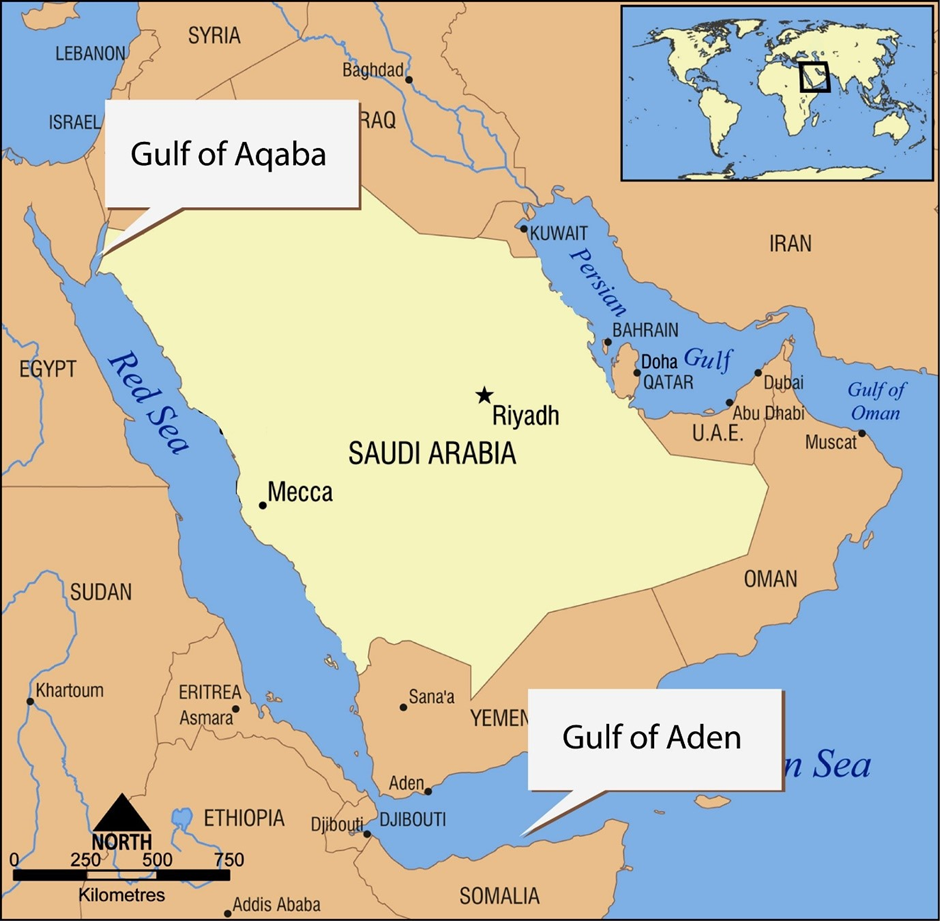KARGIL WAR
KARGIL WAR
Why in News?
§ Kargil
Vijay Diwas is celebrated every year on July 26 to pay tribute to the bravery
of Indian soldiers who made the ultimate sacrifice for the country during the
Kargil War (1999).
§ This
event marks the conclusion of the Kargil War between India and Pakistan that
started in May 1999.
What is Kargil Vijay
Diwas?
§ Kargil
Vijay Diwas, or Kargil Victory Day, is a significant day observed annually on
July 26 in India.
§ The
day commemorates India's triumph in the 1999 conflict with Pakistan and honours
the bravery and sacrifices of Indian soldiers during the war.
§ The
Kargil war of 1999 was the first military confrontation in a nuclearized
SouthAsia, and arguably the first real war between two Nuclear States.
Background:
§ India
and Pakistan have a history of conflicts, including a significant one in 1971
that led to the creation of Bangladesh.
§ Post-1971,
both nations faced ongoing tensions, particularly vying for control over the
Siachen Glacier through military outposts on nearby mountain ridges.
§ In
1998, both countries conducted nuclear tests, escalating tensions. The Lahore
Declaration in February 1999 aimed to resolve the Kashmir conflict peacefully
and bilaterally.
§ During
the winter of 1998-1999, Pakistani armed forces covertly trained and deployed
troops across the Line of Control (LOC) to seize fortified positions
overlooking NH 1A in the Drass and Batalik Sectors of Kargil, Ladakh.
§ Indian
troops initially mistook the infiltrators for terrorists or 'jihadis,' but it
soon became clear that the attack was a well-organised military operation.
§ It
was fought in the summer of 1999 along a 170km mountain frontier, stretching
from Mashkoh Valley to Turtuk in the Kargil sector,
§ In
response, India launched Operation Vijay, deploying over 200,000 troops to the
region to counter the incursion.
Key Facts about Kargil
War:
§ It
was fought between India and Pakistan between May and July 1999 in the Kargil
district of Kashmir and along the Line of Control (LOC).
Cause:
§ In
an effort to ease these tensions, India and Pakistan signed the Lahore
DeclarationinFebruary 1999, which aimed for a peaceful resolution to the
Kashmir issue.
§ However,
during the winter of 1998-1999, Pakistani forces secretly infiltrated the Drass
and Batalik sectors of Kargil in the Ladakh region.
§ Their
objective was to capture positions that would allow them to monitorand
potentially control movements along the vital NH 1A highway.
§ Initially,
the Indian military mistook these infiltrators for insurgents. As the scale of
the infiltration became apparent, India mobilized nearly 200,000 troops to
counter the threat, leading to the onset of the Kargil War.
§ Operation
Vijay: The Indian Army fought bravely and recaptured the famous 'Tiger Hill'
and other important posts around under 'Operation Vijay' by evicting the
Pakistanitroops in the 1999 Kargil War.
§ High
Altitude Warfare: It was fought at extreme altitudes, with some of the
battlegrounds reaching heights of over 18,000 feet.
§ Duration:
It lasted for approximately three months.
Armaments:
§ The
Indian Army employed heavy artillery, airpower, as well as major infantry
operations during the Kargil War.
§ In
a first, the Indian side used the Bofors FH-77B howitzers to shoot down enemy
positions nested at the top of the mountains.
§ Israel
provided their Unmanned Aerial Vehicles (UAVs) to India during the conflict.
§ Live
on TV: It was the first ever war to be broadcasted live on TV channels in
India.
§ The
End of Conflict: The war came to an end on July 26, 1999,when India
successfullypushed back the Pakistani forces from the occupied positions.
§ Casualties:
As per official figures, around 500 Indian soldiers laid down their lives while
at least 1,000 Pakistani troops were also killed.
§ It
was the last war that happened between India and Pakistan.


Comments
Post a Comment